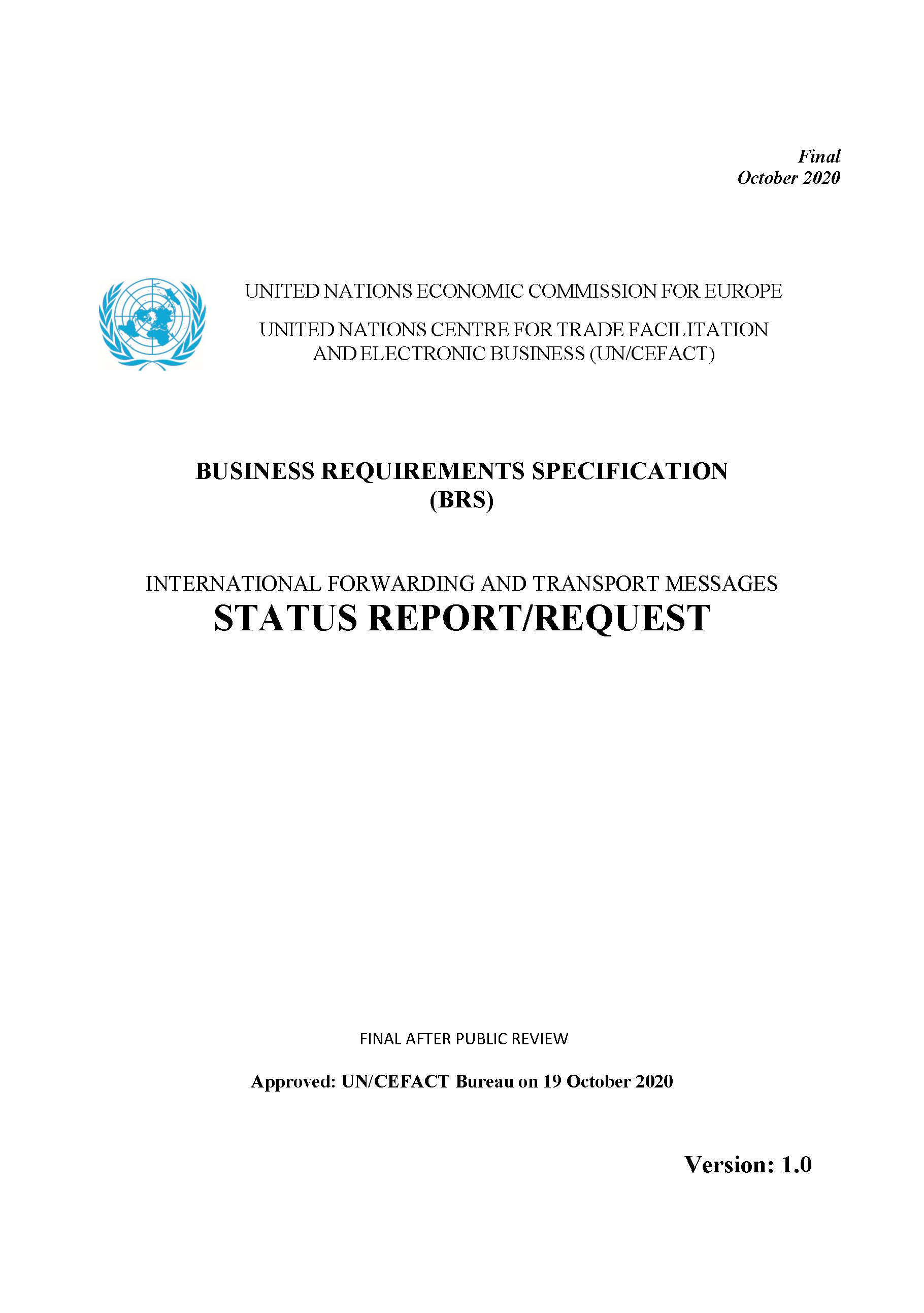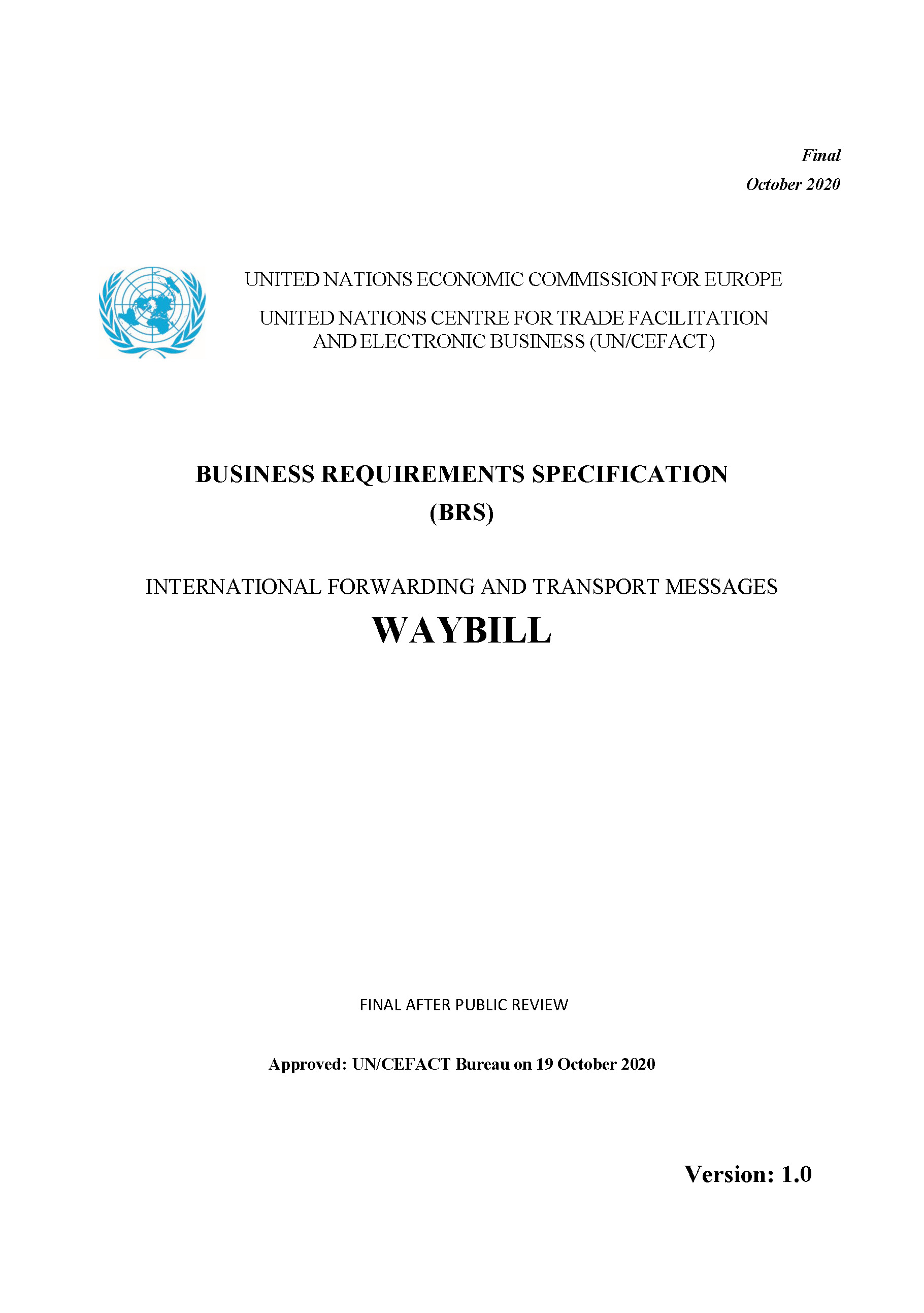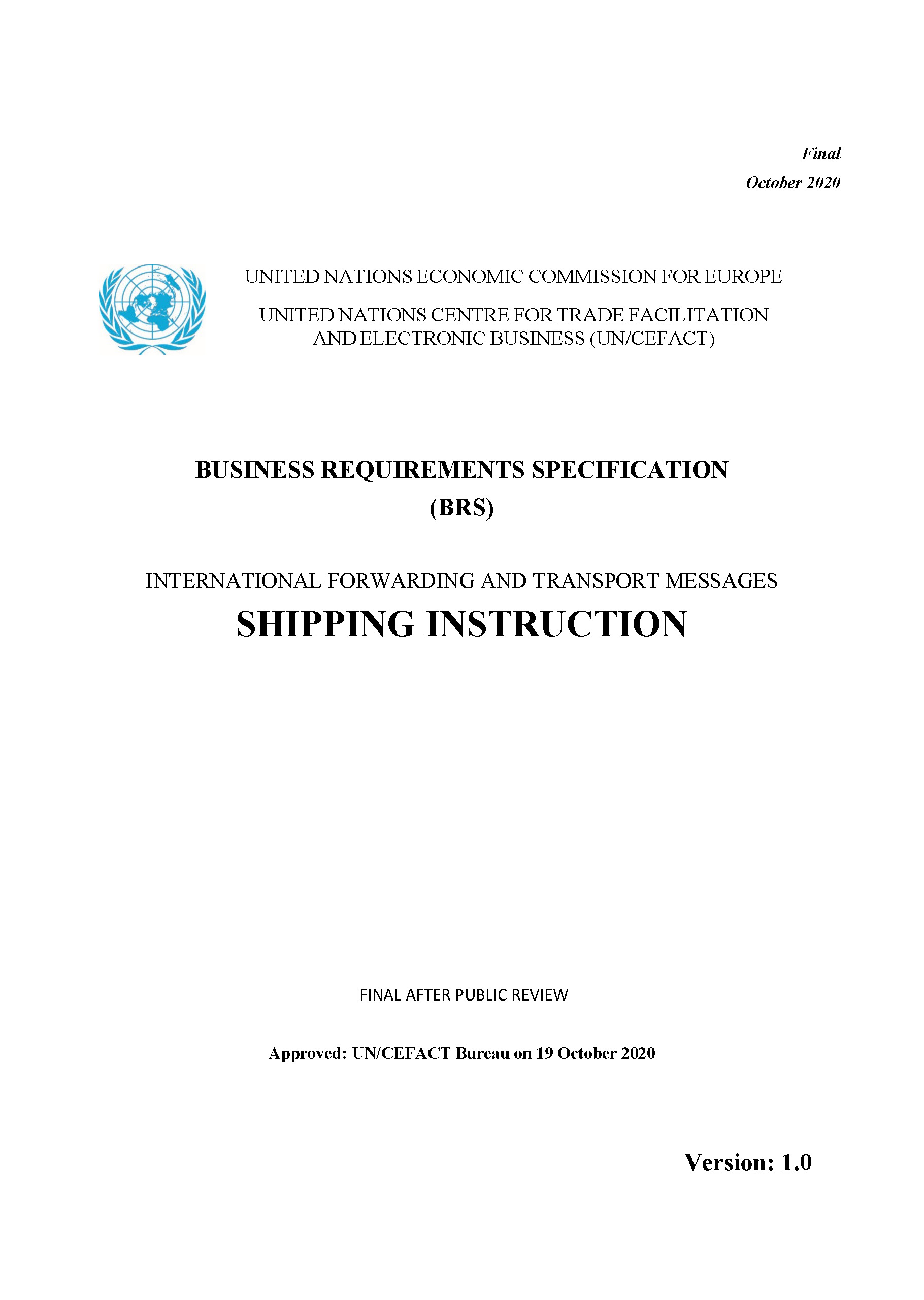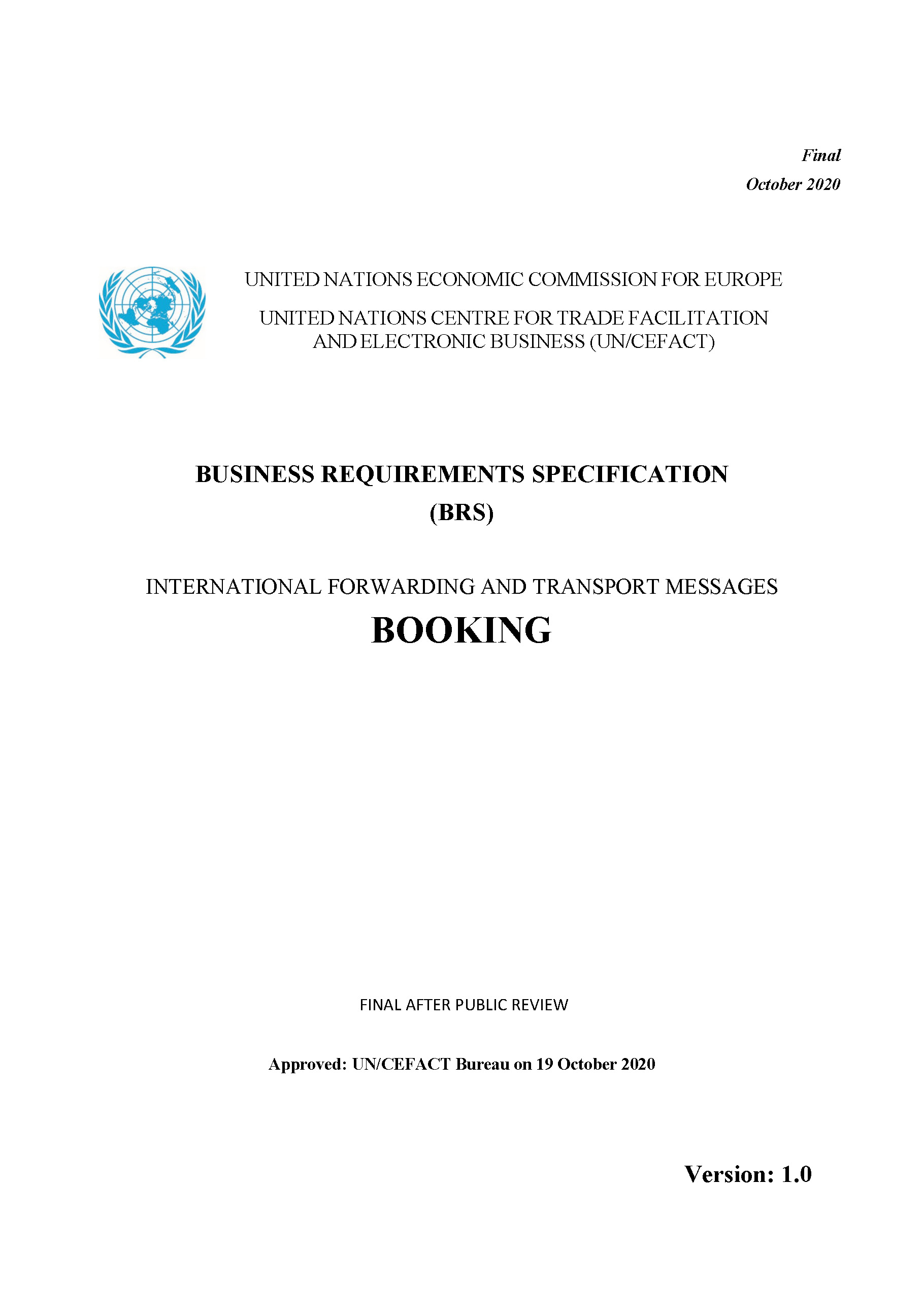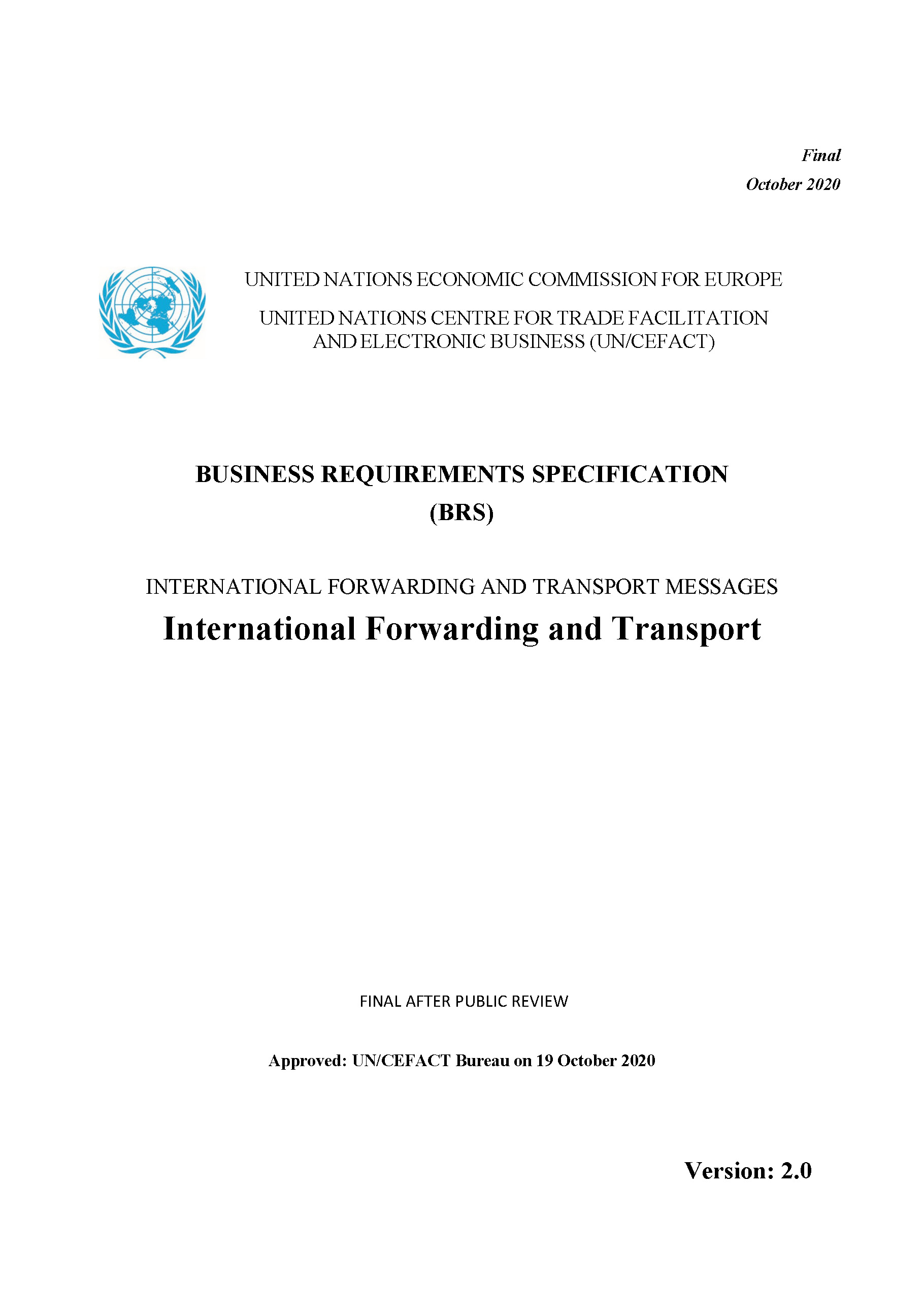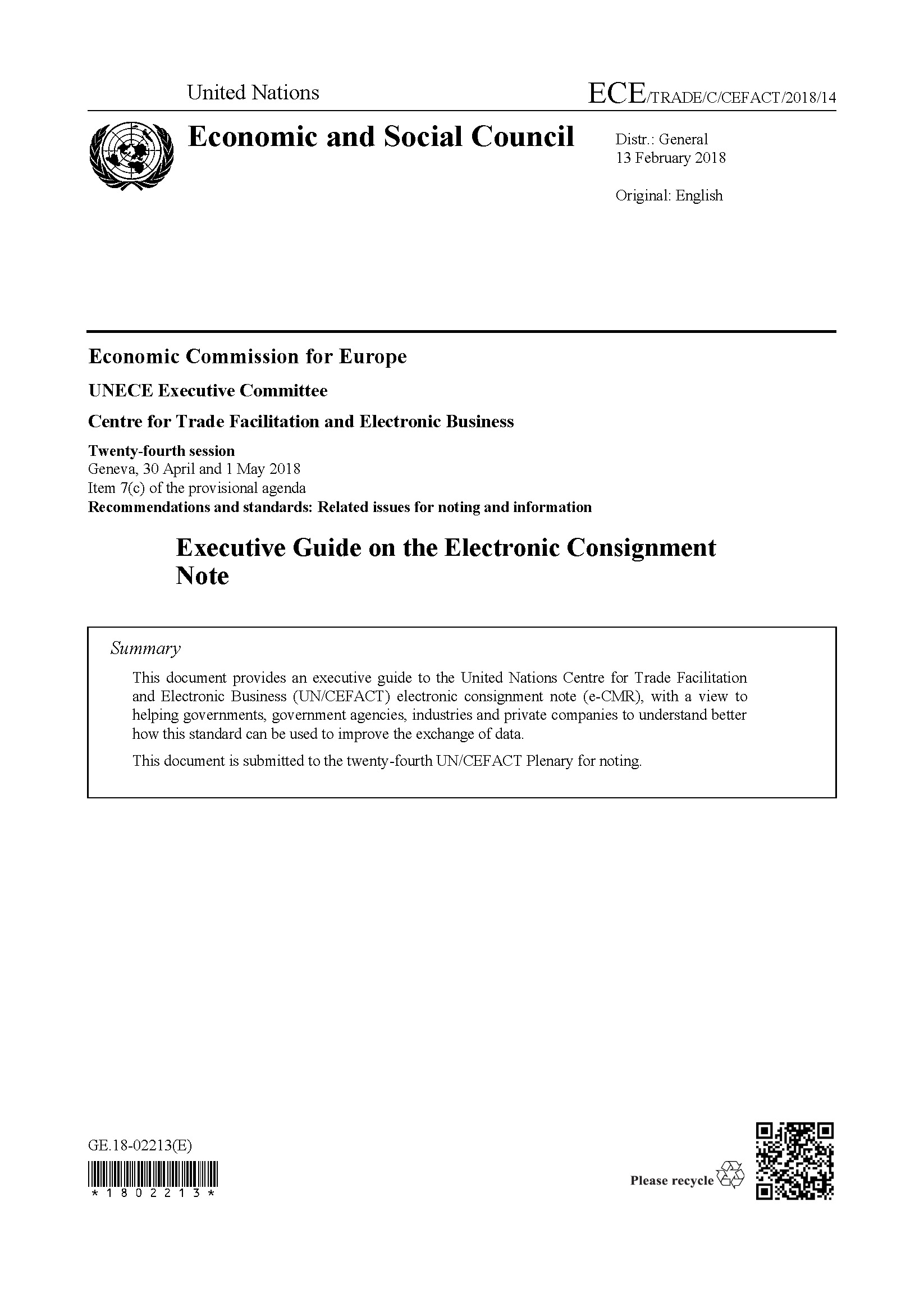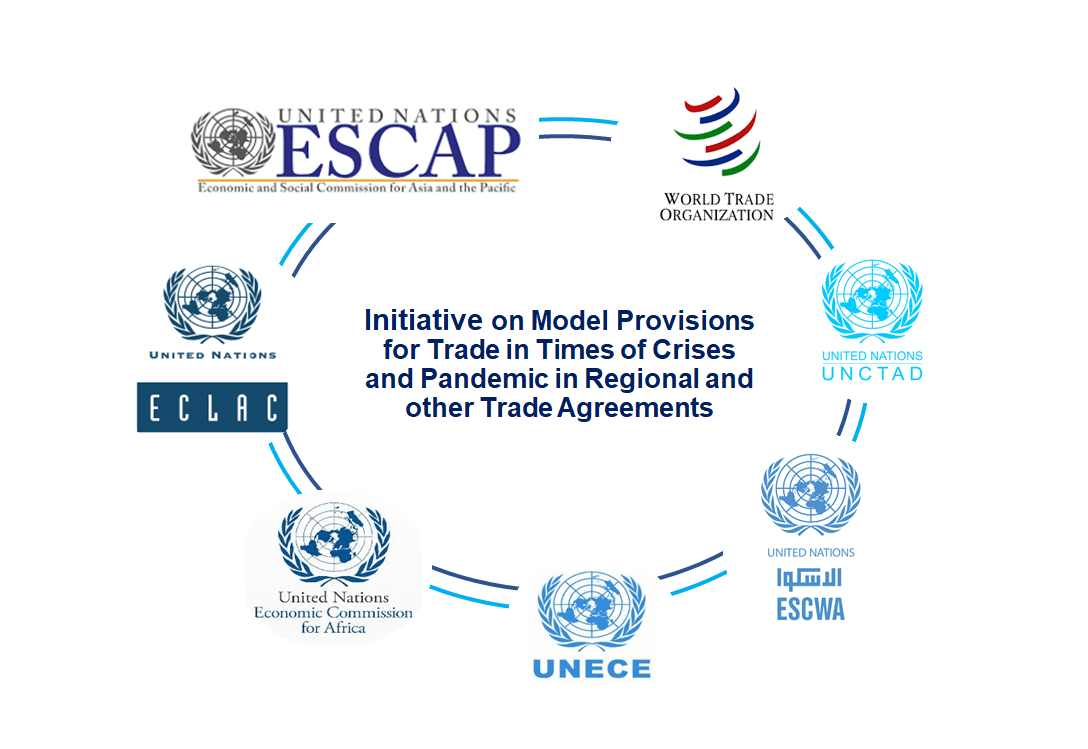The tracking of a consignment, goods or transport equipment is imperative to a success of a supply chain operation, accurate and timely status updates allow the Consignor and Consignee to plan and manage the flow and timing, identifying exceptions early on so that risk and disruption can be minimised. The status reporting processes can cover ad-hoc reporting (request) or contractual reporting (subscription).
The Equipment Status Report package includes the following elements:
The Consignment Status Report package includes the following elements:
